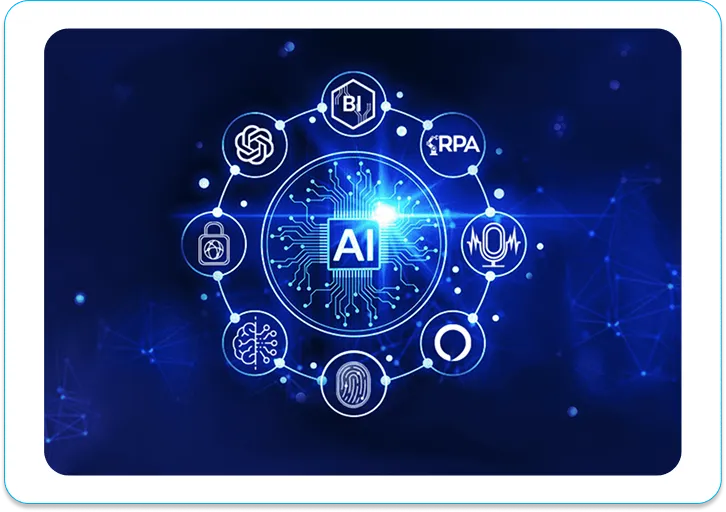Picking the right AI development company in Chicago isn’t just another business decision—it’s a move that can change the way your company runs. With so many businesses investing in automation, smarter data use, and digital upgrades, you want a team that actually knows what they’re doing. The right AI partner helps you streamline your work, improve customer experience, and make better calls for your business.
Here’s a straightforward guide to help you choose the best AI partner in Chicago, whether you need a solo developer or a full team for end-to-end services.
Why Chicago Businesses Are Turning to AI
Chicago’s become a real tech hotspot. Whether it’s finance, logistics, healthcare, or retail, AI is shaking things up. Companies in the city now use AI to:
- Automate routine work
- Analyze data more accurately
- Personalize the way they connect with customers
- Spot market trends ahead of time
- Cut down on costs
All this just raises the stakes when it comes to picking the right AI company.
- Look for Real Experience in Full-Service AI Development
You want a company in Chicago that can do it all—machine learning models, data engineering, predictive analytics, NLP, and seamless integration with your existing systems. See if they’ve tackled projects like yours before. Familiarity with your industry saves time and headaches.
- Dig Into Their Team’s Skills
A solid AI company needs real talent—developers who know their way around Python, TensorFlow, PyTorch, data modeling, machine learning algorithms, and the major cloud platforms like AWS, Azure, or Google Cloud. Don’t just take their word for it; ask for case studies or examples. Good developers break down tough AI concepts in a way anyone can get.
- Ask How They Handle Data
AI only works if your data’s in good shape. Make sure the company knows data cleaning, labeling, secure storage, and real-time processing. Their process should be open and meet security standards.
- Compare Their Services and Pricing
Look at the full spread of what they offer—custom AI models, consulting, automation, integration with your ERP or CRM, and ongoing support. Pricing should be straightforward and flexible. Get details on how they bill—milestones, phases, whatever works for your budget.
- Check Reviews, Past Work, and What Clients Say
Nothing beats honest client feedback. Look for info about how fast they deliver, how well they communicate, their technical chops, and the kind of support they offer after the project wraps. Pick companies with a track record of real results.
- Make Sure They Offer Long-Term Support and Room to Grow
AI solutions shouldn’t be one-and-done. Your partner needs to stick around for updates, monitoring, and helping your AI scale as your business grows.
Final Thoughts
Finding the right AI development company in Chicago can completely change the game for your business. With the right team, you get smarter automation, sharper insights, and a partner that grows with you. Take your time—look at their expertise, tech skills, industry experience, and what kind of support they’ll give you.
FAQs
- Why hire an AI company in Chicago?
They know the local industries and can build solutions that actually fit your business. - How do I choose the right AI developer in Chicago?
Check their experience, past projects, tech skills, and what their clients say. - What services do Chicago AI companies offer?
You’ll find AI consulting, machine learning, automation, NLP, data engineering, and integration. - Is AI expensive?
Depends on your project size. Lots of companies offer flexible, scalable pricing. - Do they offer long-term support?
Most stick around for updates, optimization, and maintenance after launch.




